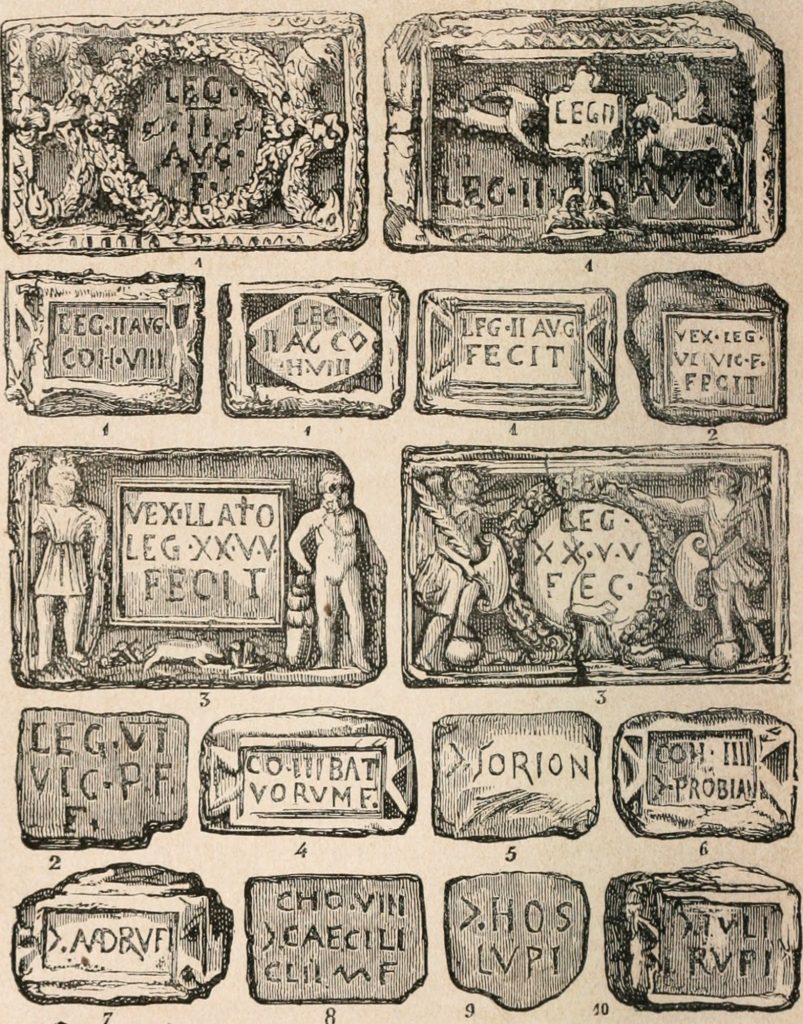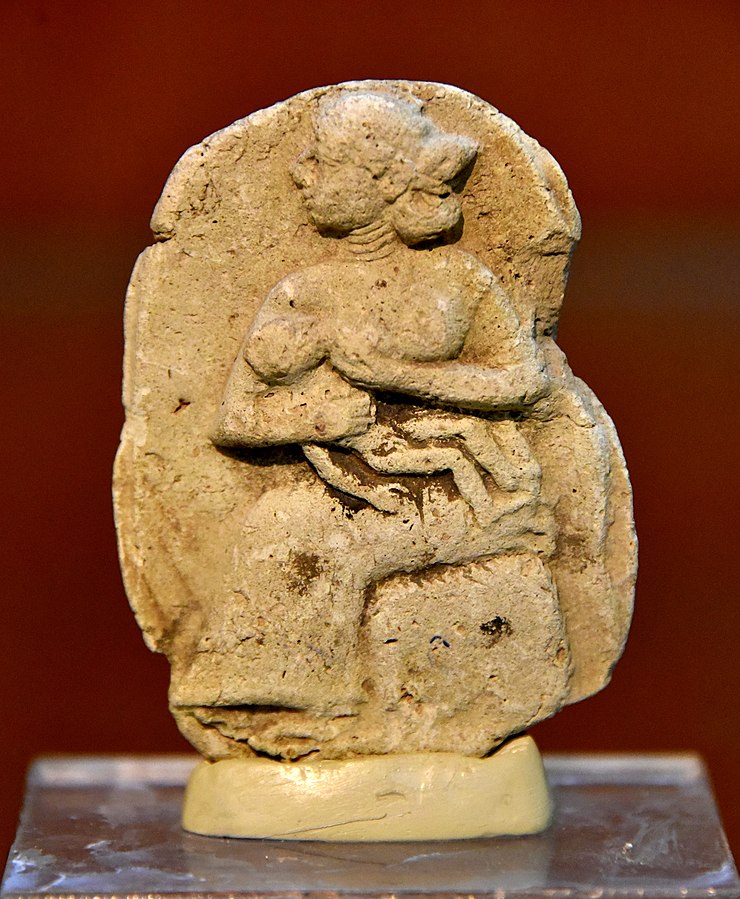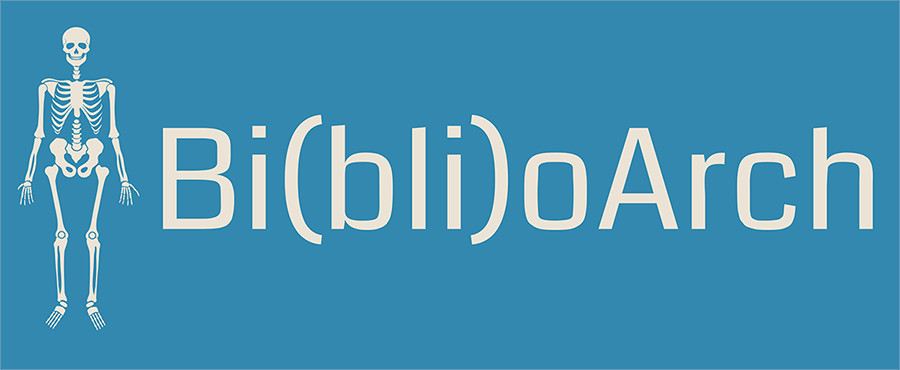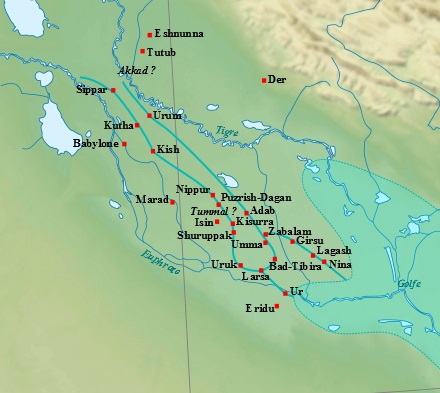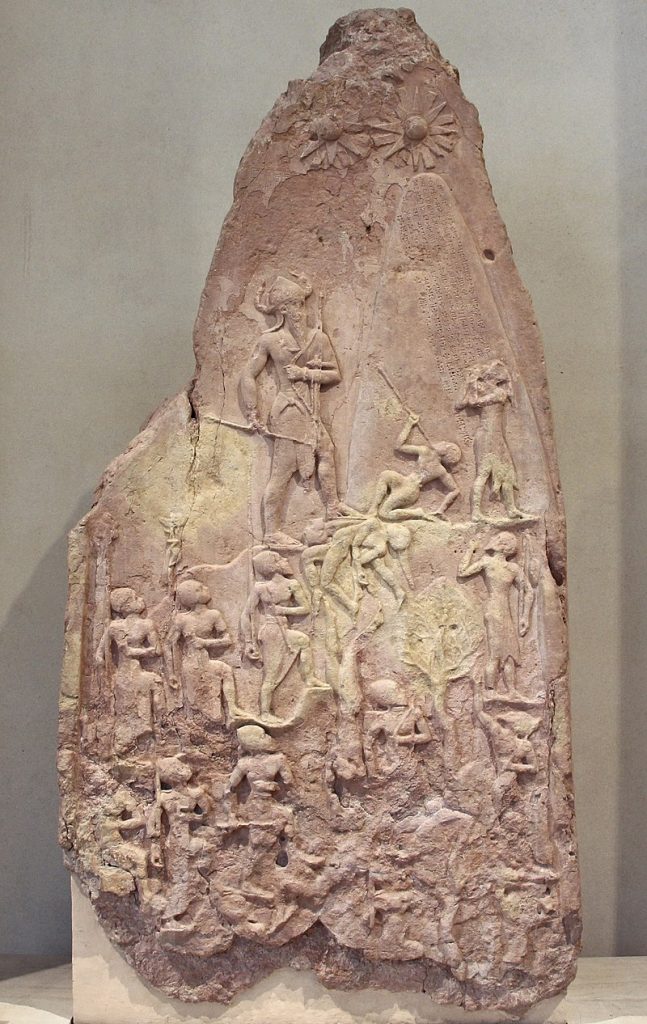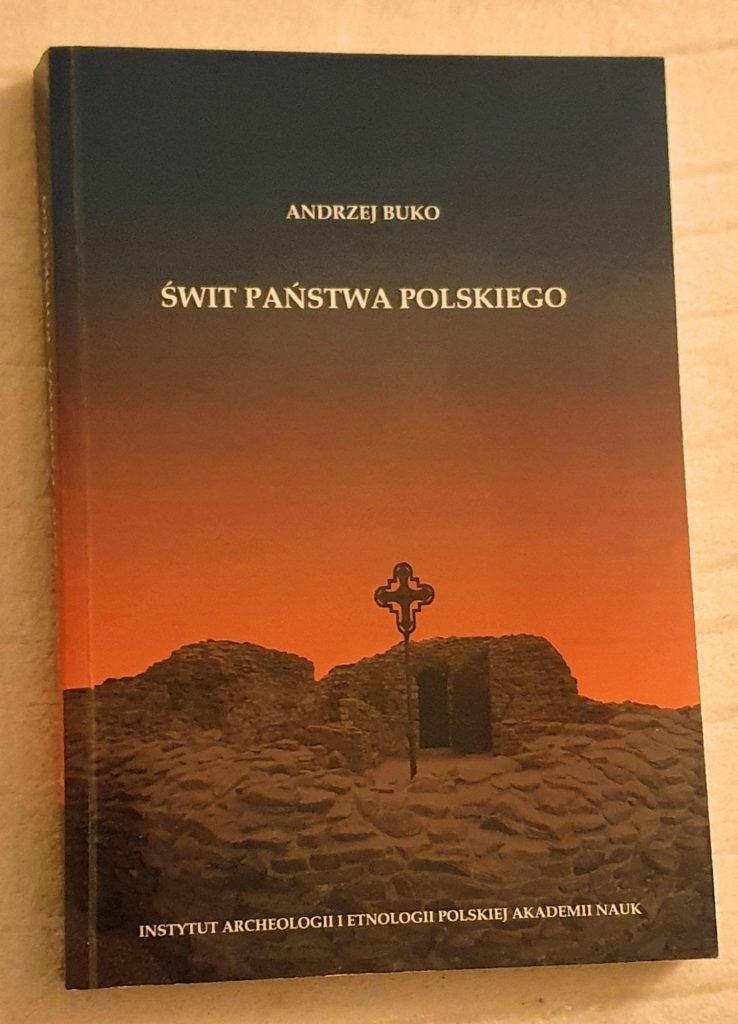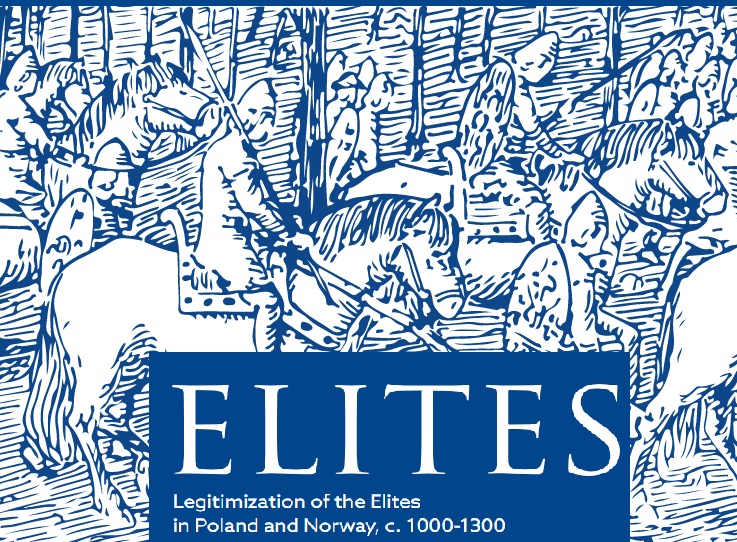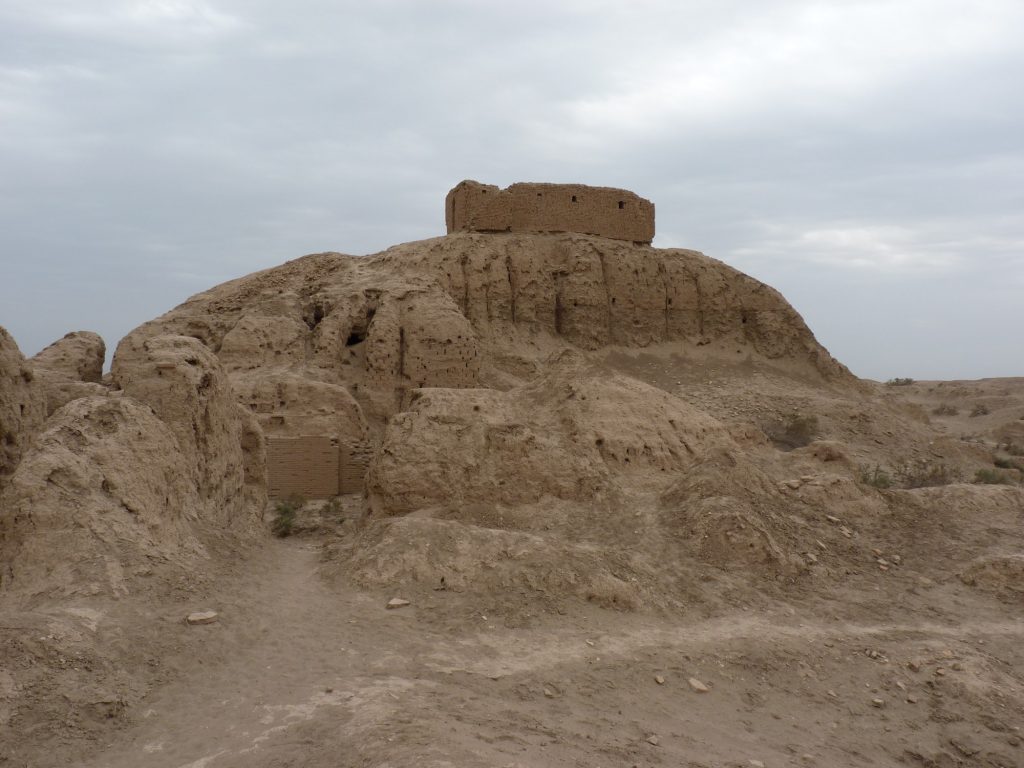In the Roman Imperial period commemorative inscriptions became omnipresent in nearly all aspects of social life, and the afterlife. Yet, quite suddenly, during the third century AD, this practice fell into decline. In the regions where the practice survived, it acquired a new face, and the so-called epigraphic cultures of Late Antiquity developed. Inscription took a new form with clumsier and less regular lettering, shaping, and their genres were now less diverse. Despite decades of research, beginning in the early 1980s, the reasons for this great transformation remain to be explained. The answer, however, may lie in the changing face of Roman workshops and how they shaped their clients’ tastes: “There is a pressing need to develop a wholly new approach to the study of cultural impact of the third-fifth century stonecutters’ and mosaicists’ workshops, a study which would encompass the entire Roman world,” said Dr Nowakowski from the Faculty of History, a laureate of the prestigious ERC grant.
